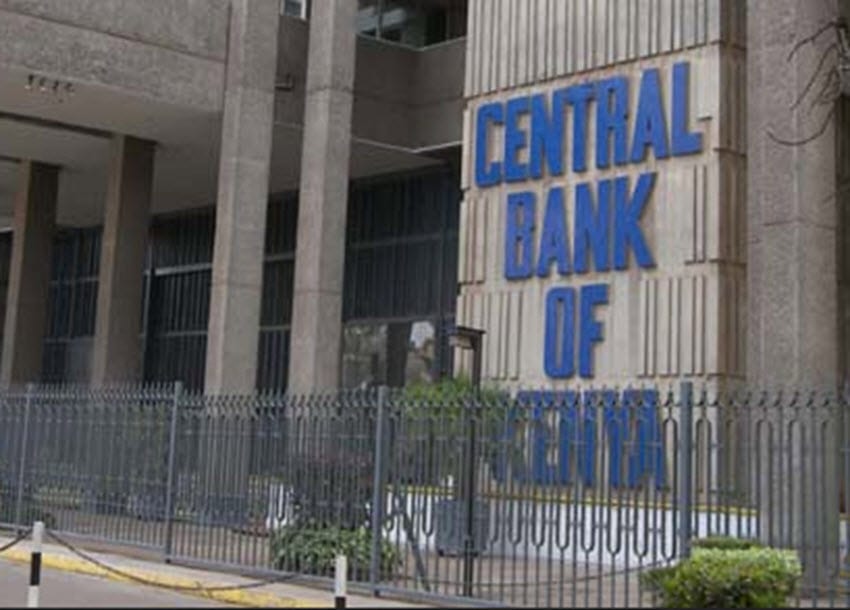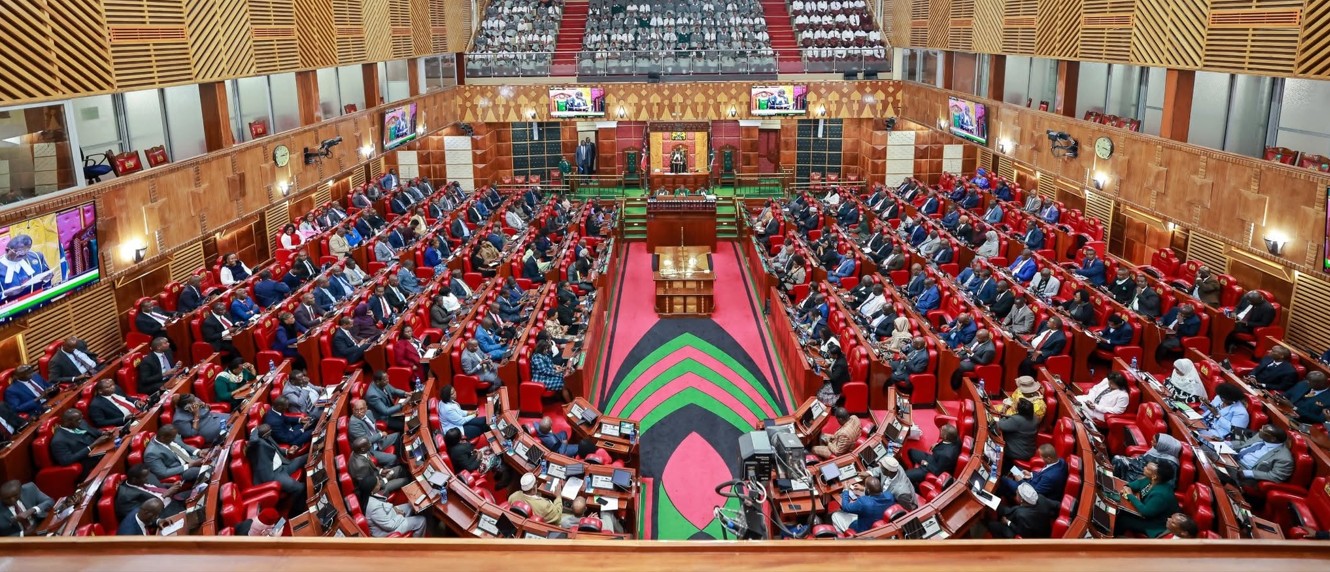Loan interest rates drop as CBK moves to scrap risk-based pricing

The move follows a series of benchmark rate cuts by CBK over the past year and a half, including the latest reduction in June, which brought the Central Bank Rate down to 10 per cent from 10.75 per cent.
Commercial banks have lowered their lending rates by 150 basis points to an average of 15.4 per cent since December, responding to continued pressure from the Central Bank of Kenya to ease credit costs and support economic recovery through increased borrowing.
The move follows a series of benchmark rate cuts by CBK over the past year and a half, including the latest reduction in June, which brought the Central Bank Rate down to 10 per cent from 10.75 per cent.
More To Read
- Foreign workers in Kenya remitted home Sh91 billion - CBK
- CBK revises credit pricing model, adopts new benchmark rate for loan pricing
- Tourism and agriculture leading in hiring as other sectors stumble
- Kindiki welcomes CBK lending rate cut, says economy on recovery path
- Kenya’s credit rating upgraded to ‘B’ as investor confidence grows
- CBK begins real-time monitoring of customer financial transactions
The Monetary Policy Committee said the decision was intended to boost credit to the private sector and help stimulate business activity and job creation.
But even as loans become cheaper, savers are facing lower returns. CBK’s data shows that the average interest on fixed deposits dropped to 8.7 per cent in May, the lowest figure recorded in the past ten years, down from 10.45 per cent in December last year.
The CBK’s report on banks’ lending rates, published in local dailies, shows that Citibank currently offers the most affordable credit, with an average interest rate of 10.36 per cent, just slightly above the CBR.
This represents a sharp reduction of nearly five per cent in six months. Stanbic Bank comes next at 12.92 per cent, followed by Standard Chartered Bank at 13.5 per cent.
At the other end, Commercial International Bank Kenya tops the list of most expensive lenders, charging 20.2 per cent for loans.
Access Bank Kenya and Middle East Bank Kenya are also among the costliest, with average rates of 19.98 and 19.87 per cent, respectively.
However, CBK has raised concerns that most banks are still slow to adjust their rates, despite repeated cuts to the base lending rate since October 2024.
The regulator believes the current risk-based pricing system used by banks is the key obstacle, allowing lenders to charge different rates based on individual borrower profiles. CBK is now pushing for a change in approach.
“CBK proposes the use of the policy rate (Central Bank Rate) as the common reference rate for determining lending rates in the Kenyan banking sector,” the regulator stated in a recent consultative paper.
The proposed model will require all banks to set lending rates by adding a fixed premium, referred to as “K”, on top of the CBR.
This premium will reflect a bank’s lending-related operational costs, the return expected by shareholders, and the borrower’s risk level.
CBK said the breakdown of each bank’s premium will be made public on its website, the Total Cost of Credit portal, and two national newspapers.
The move is aimed at improving transparency and ensuring fairer access to credit across the banking system.
The current risk-based model, introduced in 2019, was meant to encourage loans to higher-risk borrowers. In reality, it has led to steep interest rates for small businesses and customers without credit histories.
The CBK hopes that anchoring loan pricing to the policy rate will eliminate wide differences in lending rates and force all banks to pass on the benefits of lower interest rates to borrowers, especially households and SMEs.
Top Stories Today












































